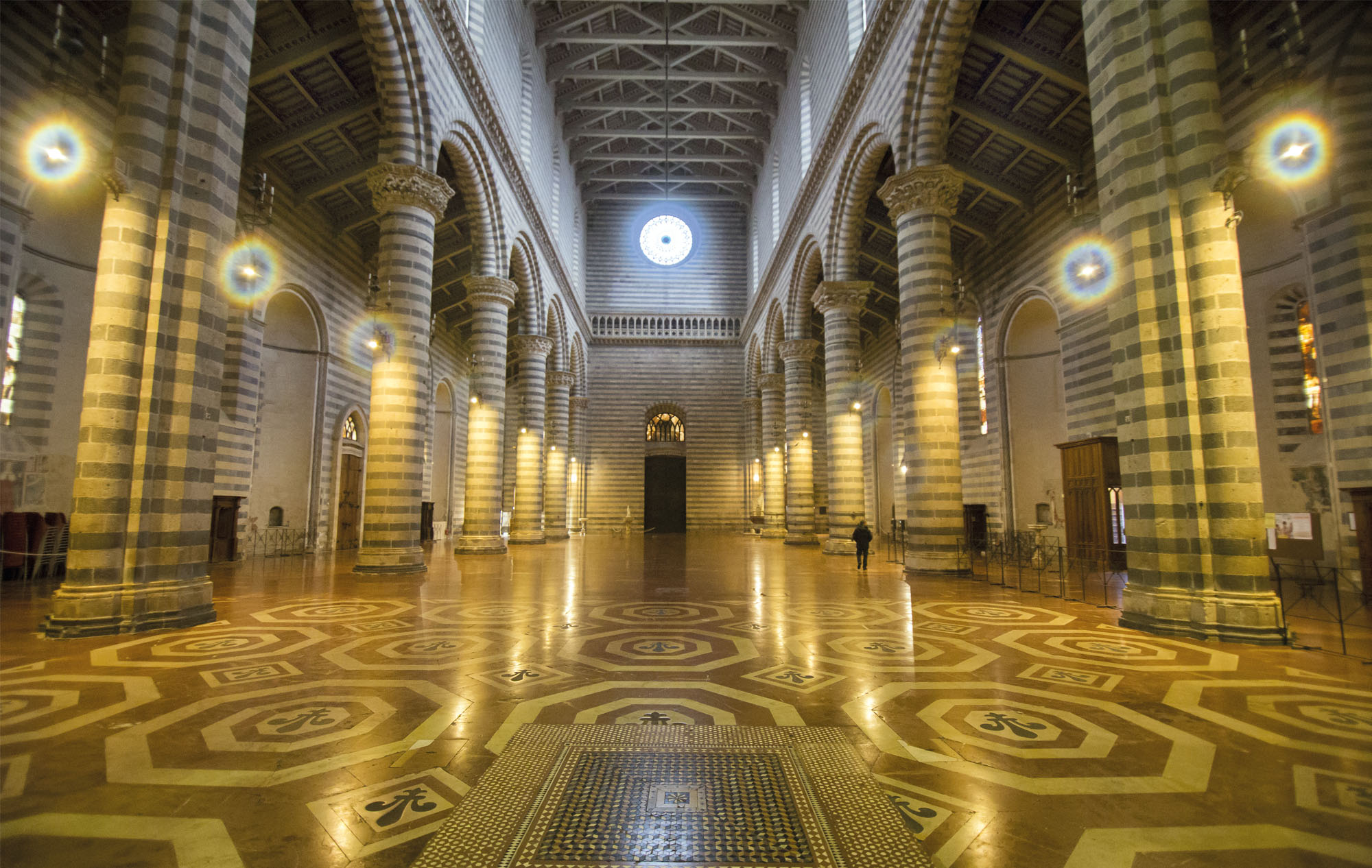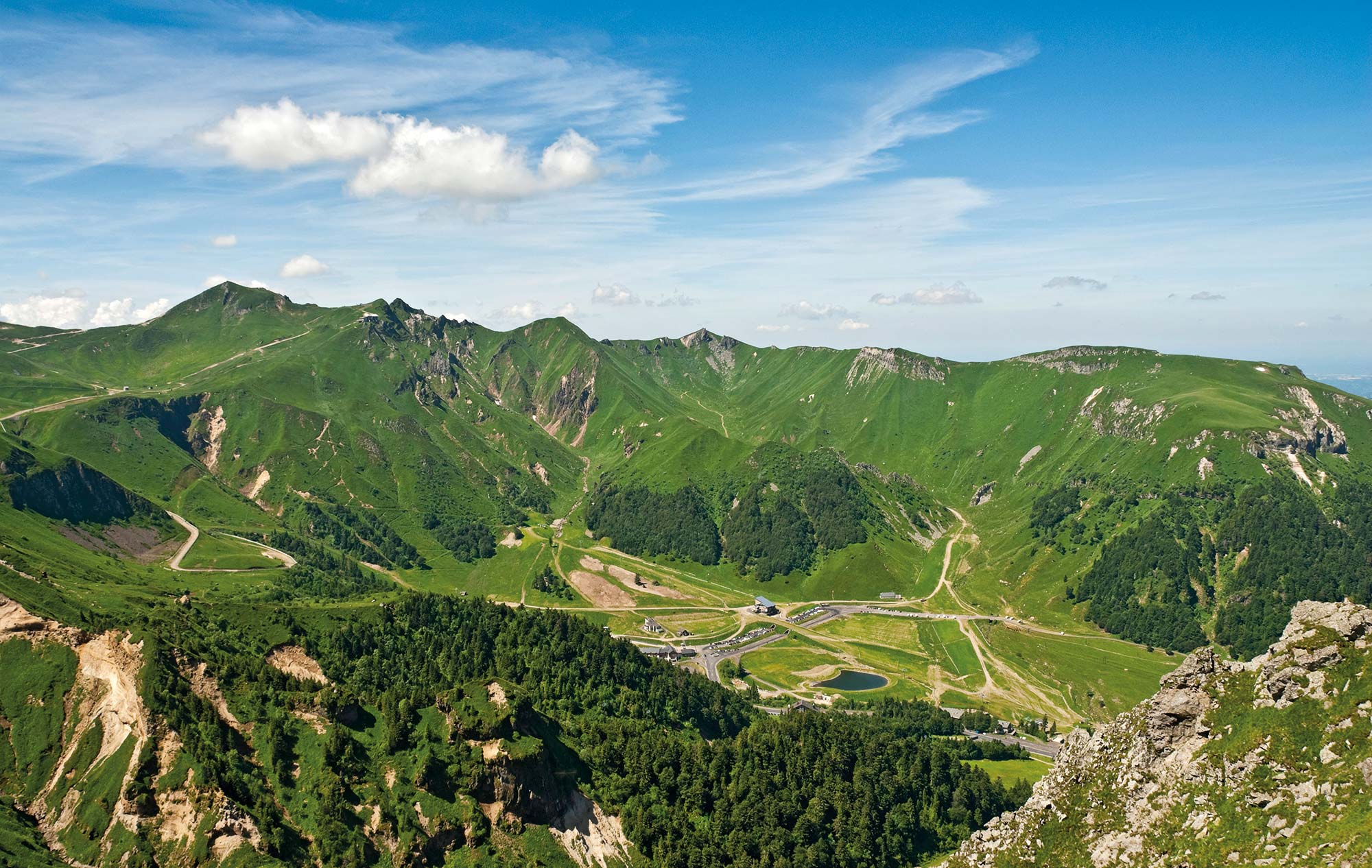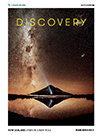In my early twenties I had a holiday job that took me to the Cathedral of Orvieto in Umbria, central Italy. There, all my astonishment at the culture of Italy became focused on one building, in one precious moment of time. And there were subtexts, too, such as innocence laid bare and pretensions unveiled.

I escorted some tourists there as sunset cast its glow over the already golden facade of this mighty building – golden because much of it is faced in gold mosaic, bringing a touch of Byzantine to this masterpiece of Italian gothic. I was so transfixed by its beauty that I wandered into the building as if into another world: perhaps exactly what was intended. No choir stalls, no seats; but a polished floor glistening into the distance past giant columns of striped stone, a pattern echoed on the walls and clerestory: simplicity and complexity masterfully mixed. I went into a side chapel to encounter the Apocalypse and Last Judgement frescoes by Luca Signorelli. So deep was my enchantment that I marvelled at the grim visions of unspeakable torment. But for me the crowning revelation was personal.
Signorelli painted the Harlot of the Apocalypse riding through the sky on a devil. I had innocently just sent a postcard of it to a friend, and here it was, a tiny part of something far greater and a reminder of my own place in the universe. I left with a renewed awareness of how much there was to learn.
Alastair Sawday is a guidebook publisher and author of Travelling Light: Journeys Among Special People and Places













